Car, Truck/Utility Finalists Named
Filed under: Weekly test drives, Autos
By John Gilbert
The 2014 North American Car of the Year will be a near-exotic sports car, or a full-fledged sedan, with both costing up in the $60,000-$70,000 price range, or a high-economy compact sedan priced under $30,000 and closer to $20,000.
The Truck/Utility of the Year, similarly, will be either a luxury SUV in the over $50,000 category, a full-size pickup that can easily top $40,000, or a compact crossover with bold capability on and off road, priced well under $30,000.
All the preliminaries are settled, and the selection process to name the best for 2014 model year is speeding down the homestretch, so to speak. General Motors must be the numerical favorite with two of the three 2014 North American Car of the Year finalists, and it also has a major player in the companion North American Truck/Utility of the Year.
The Corvette Stingray is the redesigned sports car, and the Cadillac CTS sedan give GM two of the three finalists among cars, while the Chevrolet Silverado pickup gives GM one of the truck finalists. They are far from cinches, however, despite the continuing hopes for continuing success by GM.
The Corvette and the CTS both have a formidable contender in the Mazda3, a compact that costs half as much as either GM car and is capable of topping 40 miles per gallon with its holistic Skyactive engine-aerodynamic-design technology.
Same with the trucks, where the Silverado delivered on its long-awaited renovation, improving in every element of truck-building, and providing the tool needed to make up a clear deficit to rival pickups, but it faces a technically advanced Acura MDX as a thoroughly redesigned SUV, and a Jeep Cherokee compact crossover that is an entirely new vehicle with two new engines, dramatic styling, numerous high-tech features and a price that is about half the sticker of its two fellow finalists.
The jury of 50 auto journalists already has faced the pressure of reducing the original field down to workable groups of about a dozen each, then voted again to determine the top three vote-getting vehicles in each category to arrange the three finalists. The winners of the final vote will be announced at the Detroit International Auto Show in January.
Here’s a brief overview of the finalists, in alphabetical order:
Car of the Year
Cadillac CTS
The CTS and its hot-rod CTS-V model give Cadillac a solid footprint in the high-performing sporty sedan segment. With a front-engine/rear-drive layout, those in snowy regions would be wise to select the all-wheel-drive versions, which are available. The CTS4 comes with a turbocharged 2.0-liter 4-cylinder with 272 horsepower, while the standard CTS has the familiar 3.6-liter V6 with 321 horses, and the CTS V-Sport has the V6 with twin turbochargers producing 420 horsepower.
Main asset: The CTS is undoubtedly the best handling and best performing Cadillac ever, and it is aimed at challenging the mid-range sedans from BMW, Audi and Mercedes. Main limitation: Price point is also up there in BMW-Audi-Mercedes range.
Corvette Stingray
Redesigned body gives the Stingray a more exotic look, and the direct-injected power of 460 horsepower and 465 foot-pounds of torque from the revised 6.2-liter V8 are particularly appreciated with the 7-speed stick shift. The ‘Vette feels like a completely different — and mellower — performer with the automatic, almost like two different vehicles.
Main asset: Power, looks, handling and mid-20s mpg. Main limitation: A 2-seater may be a toy, but from $55,000-$75,000, it’s an expensive toy.
Mazda3
Mazda had to restrict the exhaust when it squeezed the first Skyactive engine into the existing Mazda3, while the new car has dramatic, eye-catching style and is designed around the full Skyactive treatment, with quick power and 40-plus mpg out of 13-1 compression ratio and regular gas. Mazda’s own manual and auto transmissions are slick 6-speeds, making the 155-hp 2.0 and the 185-hp 2.5 fours feel bigger than they are.
Main asset: A lot of style and technology in either sedan or hatch for under $30,000 and over 40 mpg. Main limitation: Perhaps none, for new benchmark in crowded compact segment.
Truck/Utility of the Year
Acura MDX
Third-generation of the larger of Acura’s two slick SUVs is bristling with technology, offering front-wheel or all-wheel versions with the 290-hp 3.5-liter V6, adding performance to a lighter and firmer MDX. Styling is highlighted by rows of bullet-shaped LEDs that serve as distinctive headlights. It challenges the class and tightness of the best German SUVs, with technical advancements that set new standards for any SUV.
Main asset: Performs beyond preconceived limits for family trucksters. Main limitation: Impressive technology comes at a price — think $50,000-plus.
Chevrolet Silverado
Changeover to all-new model is more than modest styling alterations suggest. It may not establish new benchmarks against Ford F150 or Ram, but it is clearly the best Chevy pickup ever. Nary an overhead camshaft among the 4.3 V6 (285 hp), 5.3 V8 (355 hp), or 6.2 V8 (420 hp), but Chevy engineers bring pushrods to life with direct injection and variable valve timing, and High Sierra model aims at the over-$45,000 bracket of luxury pickup buyers.
Main asset: Lighter but stronger frame, 6-speed auto may help approach highway EPA rating of 23 mpg. Main limitation: Best Chevy pickup ever still faces potent competition from upgraded Ram and F150.
Jeep Cherokee
Startling design makes all-new Cherokee different enough to be polarizing. First fwd platform for Jeep, with three different 4wd systems available. Console knob chooses auto/snow/sport/rock variations for new 2.4 MultiAir 4 (184 hp) or new 3.2 version of Pentastar V6 ((271 hp), and new ZF 9-speed transmission helps Cherokee conquer both extremes of Grand Cherokee on-road and Wrangler off-road.
Main asset: Great looks, interior, performance with 30-plus mpg capability, for $25,000-$30,000. Main limitation: Needs its agility so you can avoid owners of Liberty, Patriot and Compass, and maybe even Grand Cherokee and Wrangler; all will be bitterly envious.
KIA’s New-Age Beat Is Soul-ful
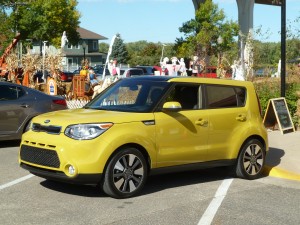
Bright new colors, more planted stance,interior upgrades, direct-injection engines improve Soul for 2014.
By John Gilbert
The hamsters are back, bobbing their heads in trendy rhythm as they avoid more humdrum vehicles that insist on sharing the roadways with the Kia Soul, and it’s a welcome and comforting cast that has become as trendy as the little square car itself. Almost.
Revised and upgraded engines, with gasoline direct-injection in both the base 1.6 and upgraded 2.0-liter 4-cylinders, plus revised and improved suspension systems for better stability and handling, and a stiffer platform with lighter and stronger body components, makes for a deceptively improved driving experience. The first Soul was neat and trendy; the 2014 model is neat, trendy, and significantly improved as a driver’s car.
Over its five-year lifespan, the Soul has become bigger than even Kia imagined, and the revised 2014 model proves Kia has finally maneuvered around to take advantage of its trendiness. For example, Kia picked Minneapolis as the site for introducing the new Soul, because Minneapolis seems to be the hot ticket in surveys of trendy places to live and visit. The introduction was held at the trendy Graves 601 Hotel, which is across the street from the legendary First Avenue nightclub made trendy as an enduring music venue by Prince, an iconic hometown hero.
Such symbolism, and the similar but longer-wider-more-refined car itself, indicates the remarkable popularity of the Soul can only increase with the new generation.
Kia can be excused for questioning the Soul’s identity, and even its own during its whirlwind rise in popularity, which pretty well parallels the lifespan of the Soul. For example, even company executives were unable to provide a satisfactory answer to whether it should be “Kia,” or “KIA,” because the corporate logo of the South Korean automaker is in all cap letters. Similarly, Kia seemed uncertain where it stood back in December of 2008, when it introduced the somewhat bizarre squarish subcompact called the Soul.
At that time, at a fancy hotel on the Miami coastline, the Soul had to share the spotlight with Britney Spears, who was shielded from the masses by an entourage of security forces and policemen trying to protect the budding media star. And we mean Ms. Spears, not the new little square car from Kia. However, in the five years since, it’s anybody’s guess which one’s identity has proven more popular and enduring, but that’s another story.
The original Soul introduction made media stars out of some weird little furry cartoonish hamsters, using them liberally as a bopping bunch of critters rhythmically driving along in traffic in the ad campaign. Obviously, the intent was to try to lure a younger batch of customers, but Kia seemed unsure and maybe even embarrassed that its tangential move might be going too far. At subsequent car introduction, officials even apologized, saying not to worry, there would be no more hamsters. I argued with company executives that the hamsters were not only a clever and memorable symbol, but the furry critters might be more iconic than the car itself. It took time, but the hamsters returned. Read more
Mazda3 for 2014: A Car for Any Year
By John Gilbert
The 2014 Mazda3 is a quick and agile compact that has a distinctive flair and the ability to change directions instantaneously — much like its namesake company.
In an automotive world dominated by companies large enough to resemble cruise ships, Mazda is more like a speedy runabout, able to change directions almost immediately. A year ago, Mazda introduced its CX-5, a newly engineered compact SUV holistically built from the ground up to Mazda’s just-revealed Skyactiv technology. The vehicle impressed all who drove it or looked at it, and it finished as runner-up to the revised Ram 1500 in the North American Truck/Utility of the Year competition.
That was just the tip of the Skyactiv iceberg, and the company has followed up with an impressive midsize sedan makeover for the Mazda6. And now it has produced the compact Mazda3.
The result is that both the Mazda3 and Mazda6 are among the candidates on the short list for the 2014 North American Car of the Year award. In a year where the candidate list is filled with flashy sports cars, luxury sedans, sporty sedans, and economy cars, and even its larger sibling, the Mazda3 concedes nothing, and its technology, appearance and performance mean it must be seriously considered by all jury members who drive it.
The full list of car candidates voted onto the short list is, in alphabetical order: the BMW 4 Series, Cadillac CTS, Chevrolet Corvette Stingray, Chevrolet Impala, Infiniti Q50, Jaguar F-Type, Kia Cadenza, Lexus IS, Mazda3, Mazda6, Mercedes-Benz CLA, and the Toyota Corolla. In addition, truck/utility candidates are: Acura MDX, BMW X5, Buick Encore, Chevrolet Silverado, GMC Sierra, Hyundai Santa Fe LWB, Jeep Cherokee, Kia Sorento, Land Rover Range Rover Sport, Nissan Rogue, Subaru Forester, and the Toyota Tundra.
Some of the car candidates are priced well over $50,000, and even over $75,000. That also has to work in favor of the Mazda3, which has a price range of $16,945 for the most basic I-SV model with a stick shift, and it ranges upward to $18,445 for the I-Sport, $19,595 for the I-Touring, and up to $22,745 for the I-Touring with technology and GT packages. The same models with the 2.0 and 6-speed automatic is about $1,000 more all the way up. The 2.5-liter engine comes only with the automatic, in either S-Touring at $24,595 or the S-GT at $25,995. Read more
Cherokee Crossover Sets New Standards
By John Gilbert
WESTLAKE VILLAGE, CALIF. — The new 2014 Jeep Cherokee — an old name with a decidedly new face — raises the level of on-road driveability and fuel efficiency for any vehicle ever to wear the proud Jeep name, without compromising any of its off-road heritage.
The look of the new Cherokee is its most priminent first-impression feature, and it is, in a word, polarizing. Some critics, and a few within the Jeep family, think it goes too far, while others think it’s the best-looking thing Jeep has ever done. There will be few, if any, who will be able to avoid belonging to one extreme camp or the other.
Built of 65 percent high strength steel, the Cherokee allows you to bring three or four people with you and shows off its firm, independent rear suspension climbing rocks or while holding steady as you carve precise cornering lines at highway speed. All the while, it registers up to and beyond the EPA highway estimated 31 miles per gallon.
The new standard MultiAir 2.4-liter TigerShark engine has a city 22 and highway 31 gas mileage EPA figures, an improvement of more than 45 percent over the engine it replaces in the Jeep line. The entirely new 3.2-liter V6 has EPA estimates of 19 city, 28 highway. With both engines, those figures seem conservative. I talked to one engineer who said he drove the V6 on a 200-mile highway trip and got 32.5 miles per gallon, with that number dropping to 28 when he drove much more aggressively on his return.
Jeep’s strongest trademark is its 7-slot grille, and the Cherokee has seven slots, but they have never been shaped so provocatively, with a convex bend near the upper area of the vertical slots, rather than the normal straight slab of slots. The tiny light enclosure that turns the corner on the upper extension of that contoured line adds afurther high-tech touch.
If Jeep officials didn’t decide to resurrect the name Cherokee, they could have called it the “Surprise,” because there’s nothing about the 2014 Jeep Cherokee that is not surprising.
- You could say the appearance is surprising, but that would be a giant understatement, because the dramatically contoured Cherokee looks more like a futuristic concept vehicle than a mainstream vehicle.
- The interior is every bit as surprising as the exterior, with firmly supportive bucket seats, and instrumentation that is straightforward and yet high tech, and everything is covered with high-quality material.
- The engines are surprising, because both the 3.2-liter V6 and the 2.4-liter MultiAir 4 are new, bristling with technical goodies from intake to exhaust, and the transmission is a surprisingly unique unit, too, being the first application of a new ZF 9-speed automatic.
- The trademark Jeep 4-wheel-drive capability is even surprising, with three entirely different choices of systems to choose from, all hooked up to a front-wheel-drive platform instead of the conventional rear-drive layout — the first-ever Jeep to be so designed.
- The Cherokee’s performance on the road is lean and agile, with precise road-holding control even if you drive it like a sports car around curvy 2-lane roadways.
- Such impressive on-road performance begs the question that the new Cherokee must be conceding something from Jeep’s long and proud off-road heritage, but is it? No. Surprisingly, no.
- Even the name is surprising. Sure, Jeep built a vehicle call the Cherokee for decades, but after it grew into the larger and more sophisticated Grand Cherokee, the plain old Cherokee disappeared from the scene. So it’s a bit of an ironic twist that Jeep, which has the Grand Cherokee, the Patriot, the Compass, and the traditional Wrangler, would bring out its newest and most high-tech offering ever, and bring back the long-gone but not forgotten Cherokee name.
Tundra Revises Look, Features for 2014
By John Gilbert
After years of passing every test thrown at it, Toyota would like to reverse roles with the Tundra — asking competitors to pass the same tests, and consumers to consider testing the redesigned 2014 Tundra when shopping for a new half-ton pickup.
Toyota isn’t making any outrageous claims for its new Tundra, avoiding the hype that dominates the ad campaigns of competitors in the most brand-loyal segment. Toyota also stops short of trying to steal customers from F-150s, Silverados or Rams, but merely asks such half-ton pickup buyers to test the the Tundra for whatever criteria is important to them.
Through its life, the Tundra started off too small, and has since been accused of being not rugged enough, and/or too fancy. The last major renovation, in 2007, seemed to solve the criticisms, and for 2014, the new Tundra has a focus on refinement, chiseling a more aggressive exterior, and using mostly soft-touch and luxury touches to refine the interior. Improving the interior appearance is interesting, because the creature comforts of the first Tundra caused me to define it as the Lexus of pickup trucks, and it has inspired the competition to drastically upgrade their interior amenities.
A bolder look and stance sets the new Tundra apart from the current model, and while the truck continues with the same powertrains that is more an affirmation that its powerful array of high-tech engines is already substantial enough to take on the improved power of the competition.
When it comes to the perpetual tests the half-ton pickup players always face, Chris Gomez, chief product planner for Toyota’s large trucks, said he is both curious and amused at the lavish claims made for towing as Tundra competitors seemingly escalate their limits to claim the highest number, while Toyota prefers to pass the approved standards.
“In the half-ton pickup segment, we have something called the ‘SAE J-2807’ for towing standards,” said Gomez. “All truck manufacturers were at the table when we agreed on the tests and methods. The tests are done on a 12-degree grade, measuring acceleration, minimum speed, cooling system, braking distance, transmission locks, and every other characteristic, all done with a load, and in over 100-degree heat, to see how every component will function, and what its failure points might be.
“While everyone agreed on five primary tests and minimum requirements, Toyota is the only one that passed all the tests. None of the others meet the J-2807 standards, and Toyota has adhered to them since they were adopted in 2011.” Read more


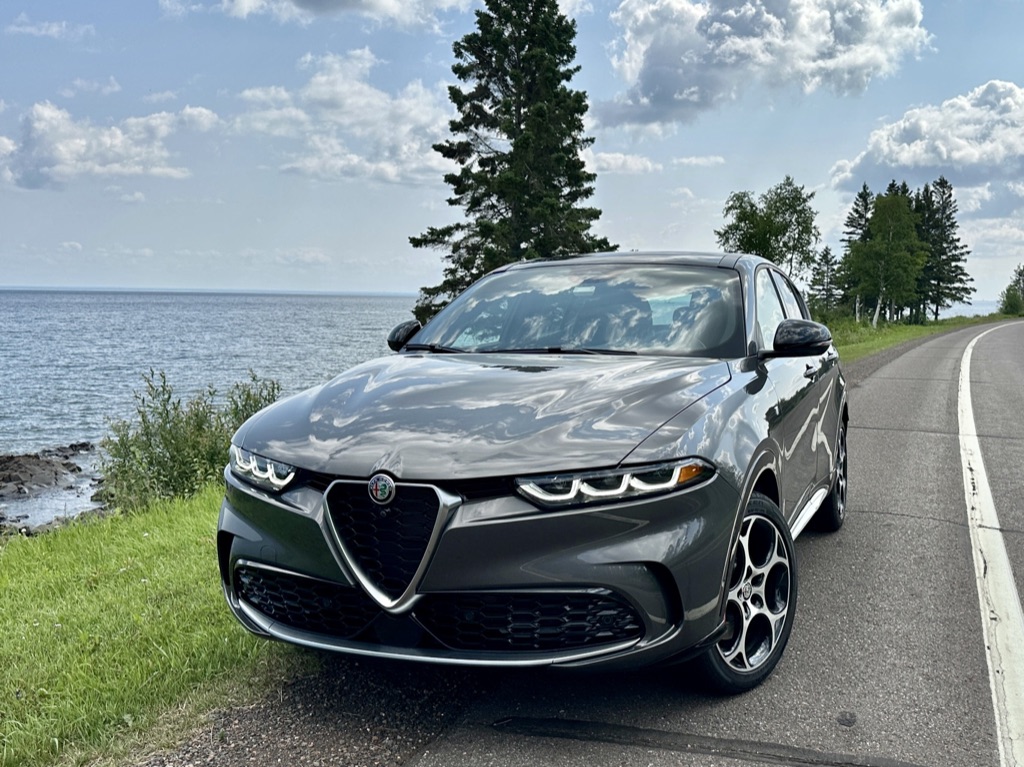
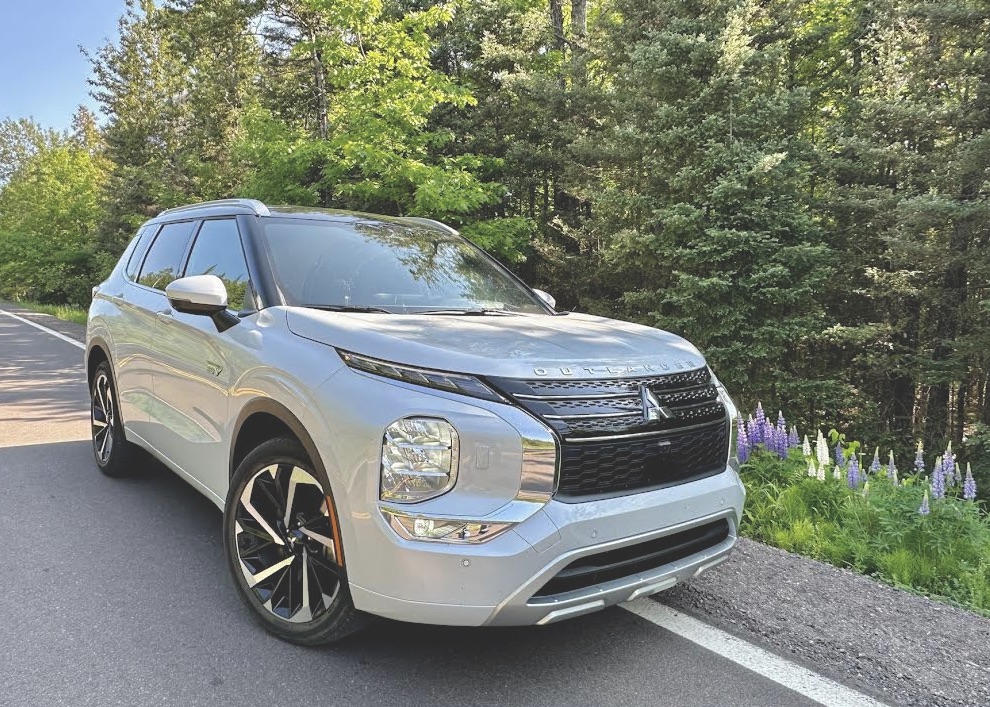
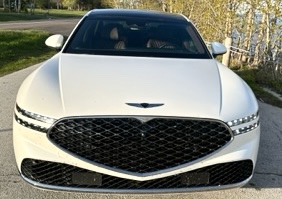
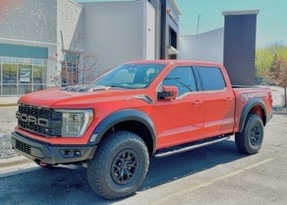
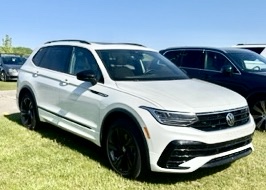
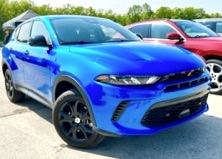

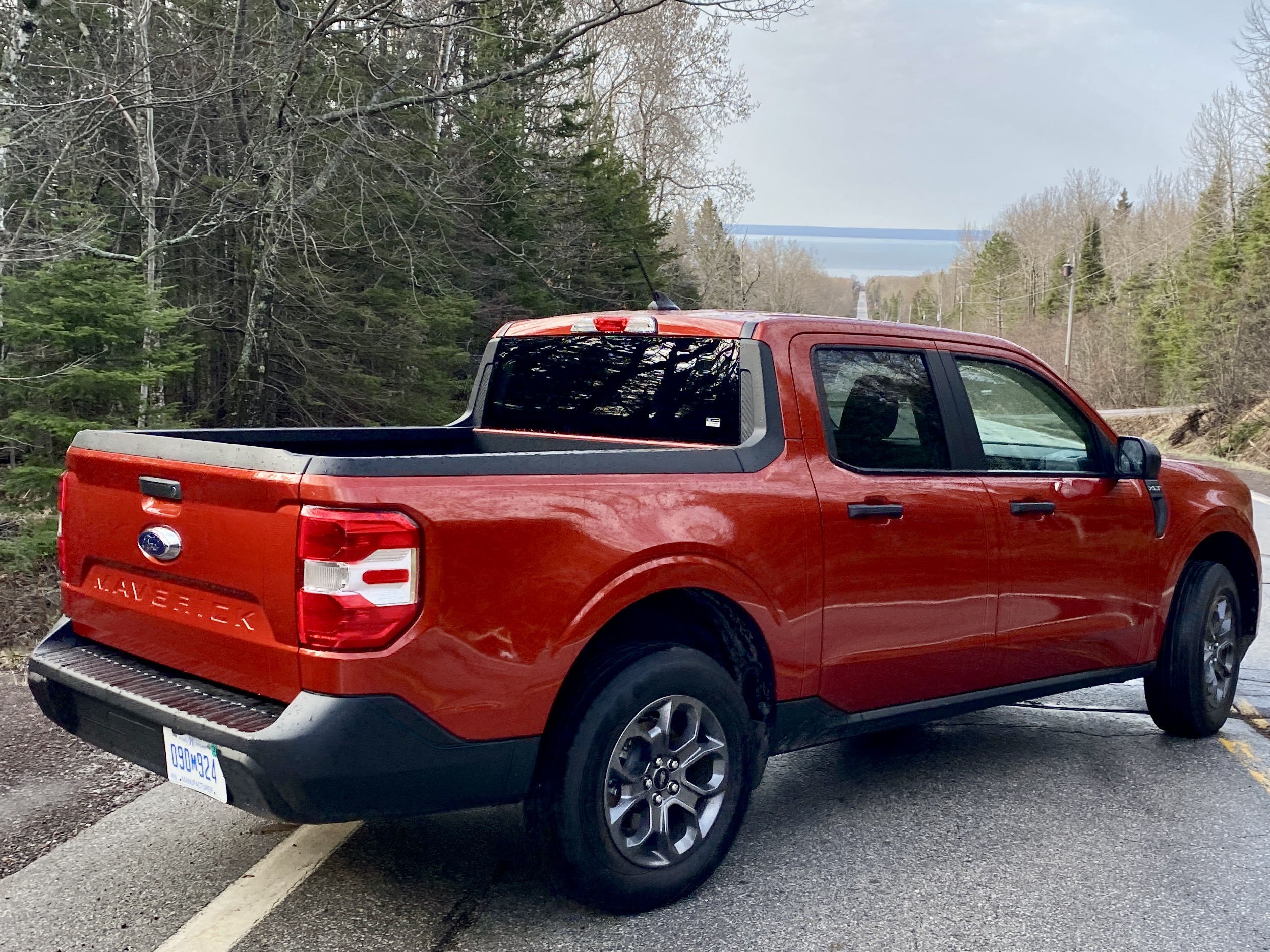
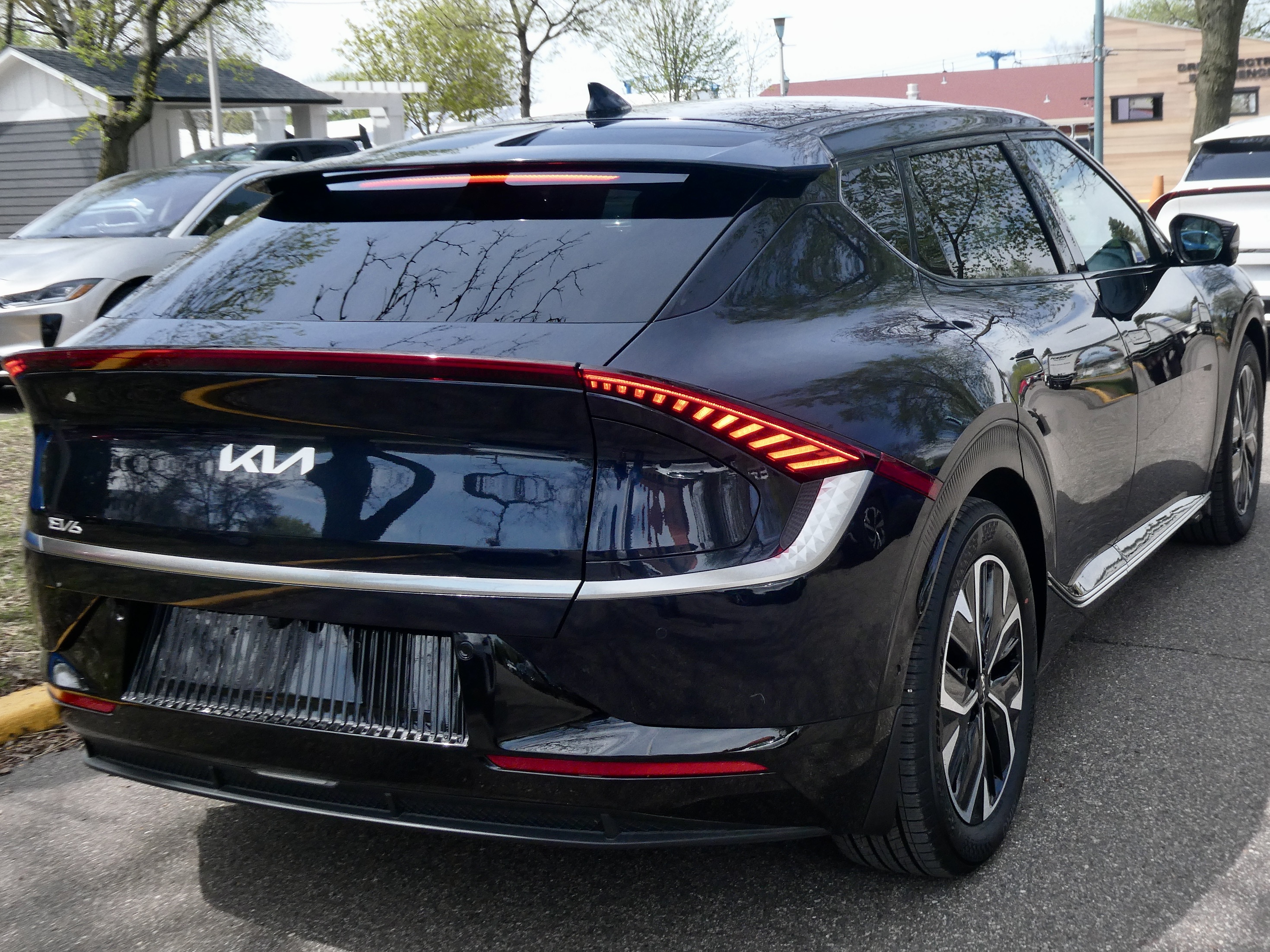
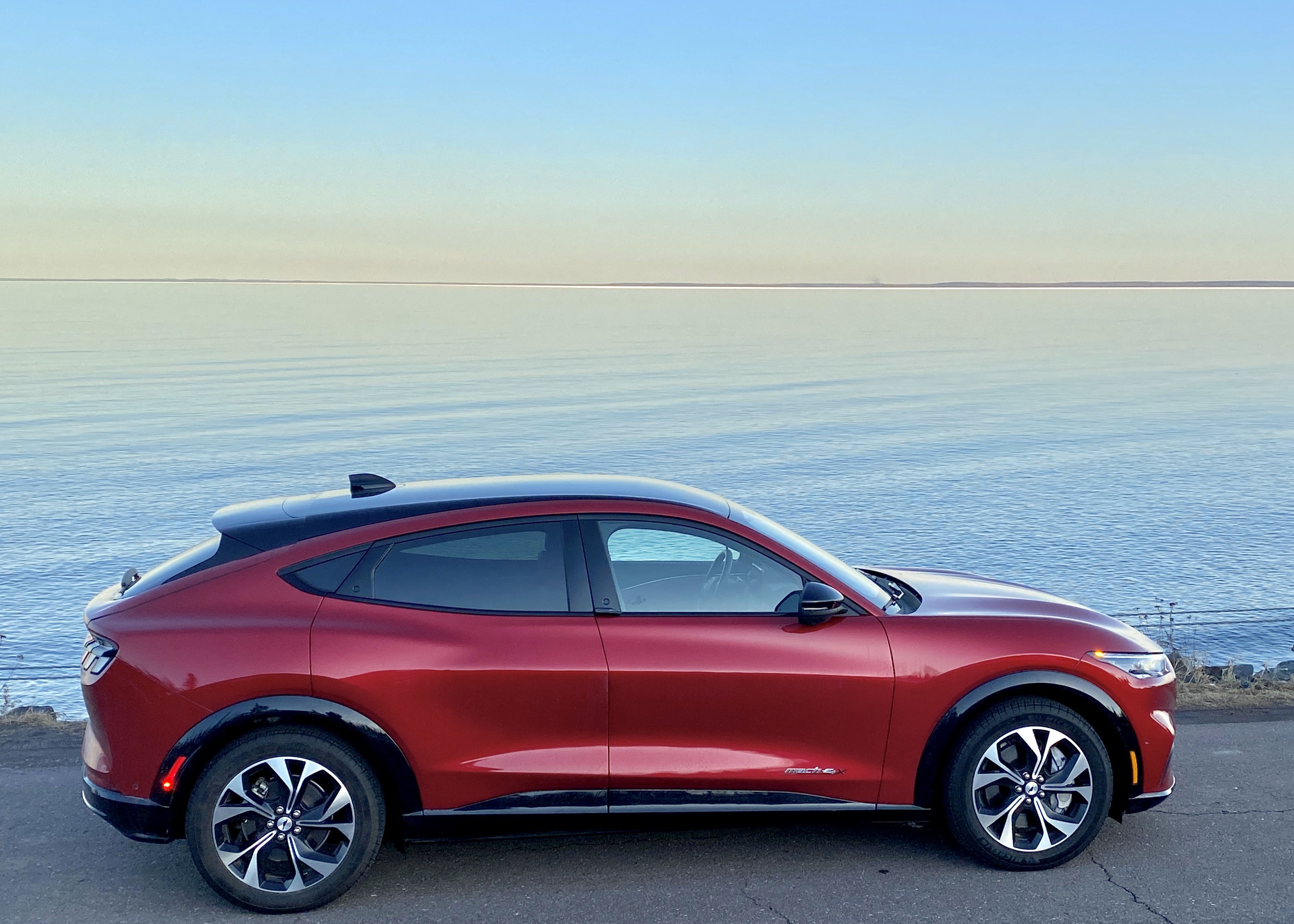
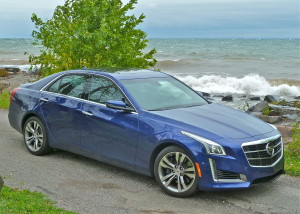
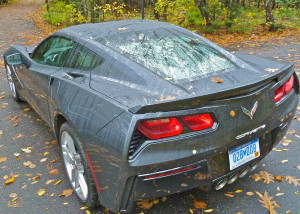
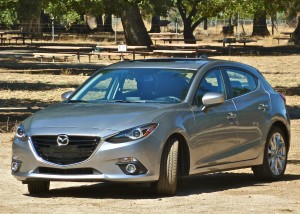
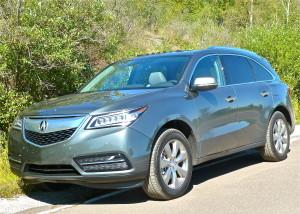
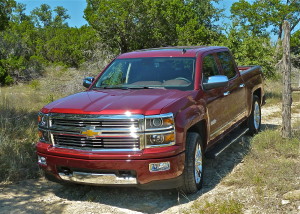
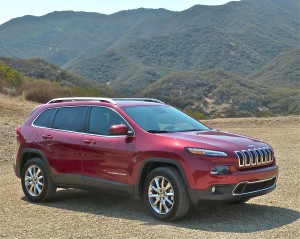
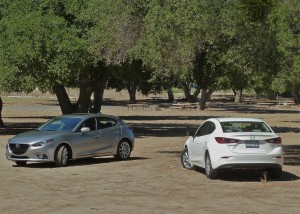
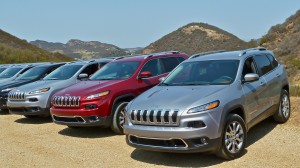
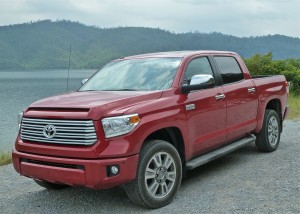
 John Gilbert is a lifetime Minnesotan and career journalist, specializing in cars and sports during and since spending 30 years at the Minneapolis Tribune, now the Star Tribune. More recently, he has continued translating the high-tech world of autos and sharing his passionate insights as a freelance writer/photographer/broadcaster. A member of the prestigious North American Car and Truck of the Year jury since 1993. John can be heard Monday-Friday from 9-11am on 610 KDAL(www.kdal610.com) on the "John Gilbert Show," and writes a column in the Duluth Reader.
John Gilbert is a lifetime Minnesotan and career journalist, specializing in cars and sports during and since spending 30 years at the Minneapolis Tribune, now the Star Tribune. More recently, he has continued translating the high-tech world of autos and sharing his passionate insights as a freelance writer/photographer/broadcaster. A member of the prestigious North American Car and Truck of the Year jury since 1993. John can be heard Monday-Friday from 9-11am on 610 KDAL(www.kdal610.com) on the "John Gilbert Show," and writes a column in the Duluth Reader.